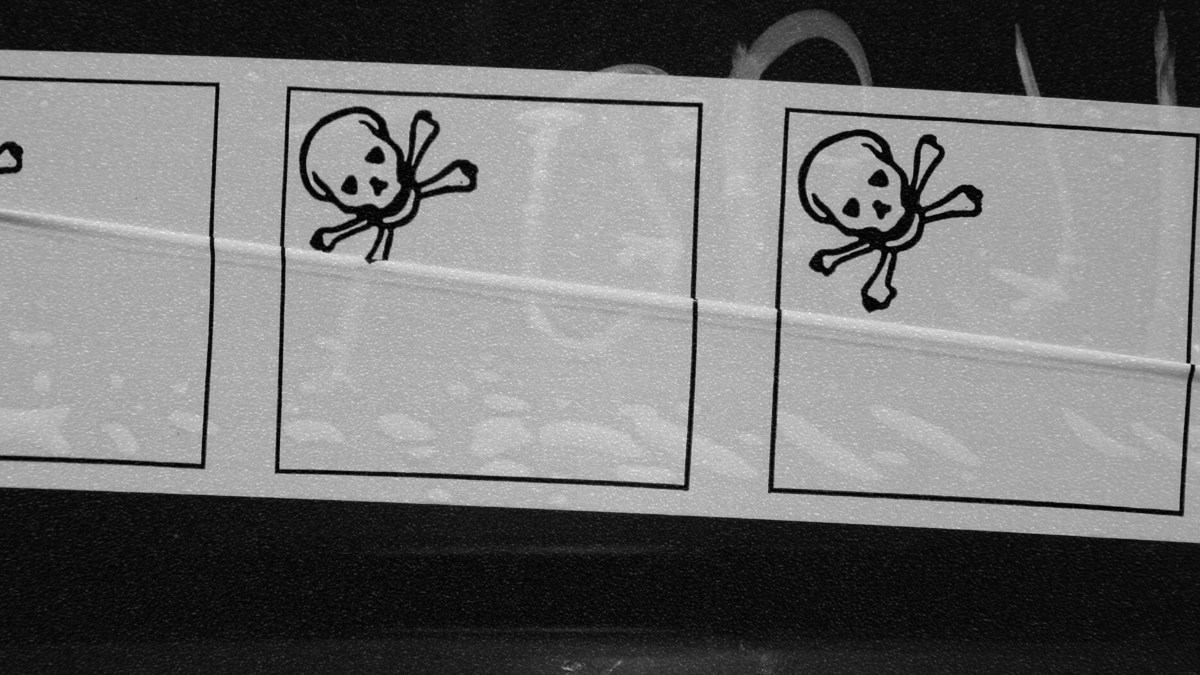Source: National Law Journal
The Environmental Protection Agency (EPA) is finalizing a rule that will designate two per- and polyfluoroalkyl substances (PFAS) chemicals as hazardous substances, making polluters financially liable for cleaning up contamination.
PFAS, also known as “forever chemicals,” are a group of man-made chemicals found in many everyday products, including cleaning products, water-resistant fabrics, and non-stick cookware. The EPA has linked PFAS exposure to various health problems, including cancer, immune system issues, and birth defects.
Eleven public water systems in North Carolina have detected levels of the toxic compound PFAS above the EPA’s proposed maximum contaminant level of 4 parts per trillion (ppt). Communities in Eastern North Carolina have been heavily impacted by the contamination as the manufacturing company Chemours is one of the main sources of these compounds. The company’s Fayetteville Works Plant, on the Cumberland-Bladen county line, discharged PFOS, GenX and other types of PFAS into the Cape Fear River.
The new rule, expected to be finalized next month, will require polluters to cover the costs of cleaning up PFAS contamination under the Superfund law (CERCLA). This could have significant implications for various industries that use PFAS in their products or manufacturing processes.
Safe drinking water is essential for human health. This regulation from the EPA is crucial for public trust that enables people to use their water without fear of adverse health effects.





